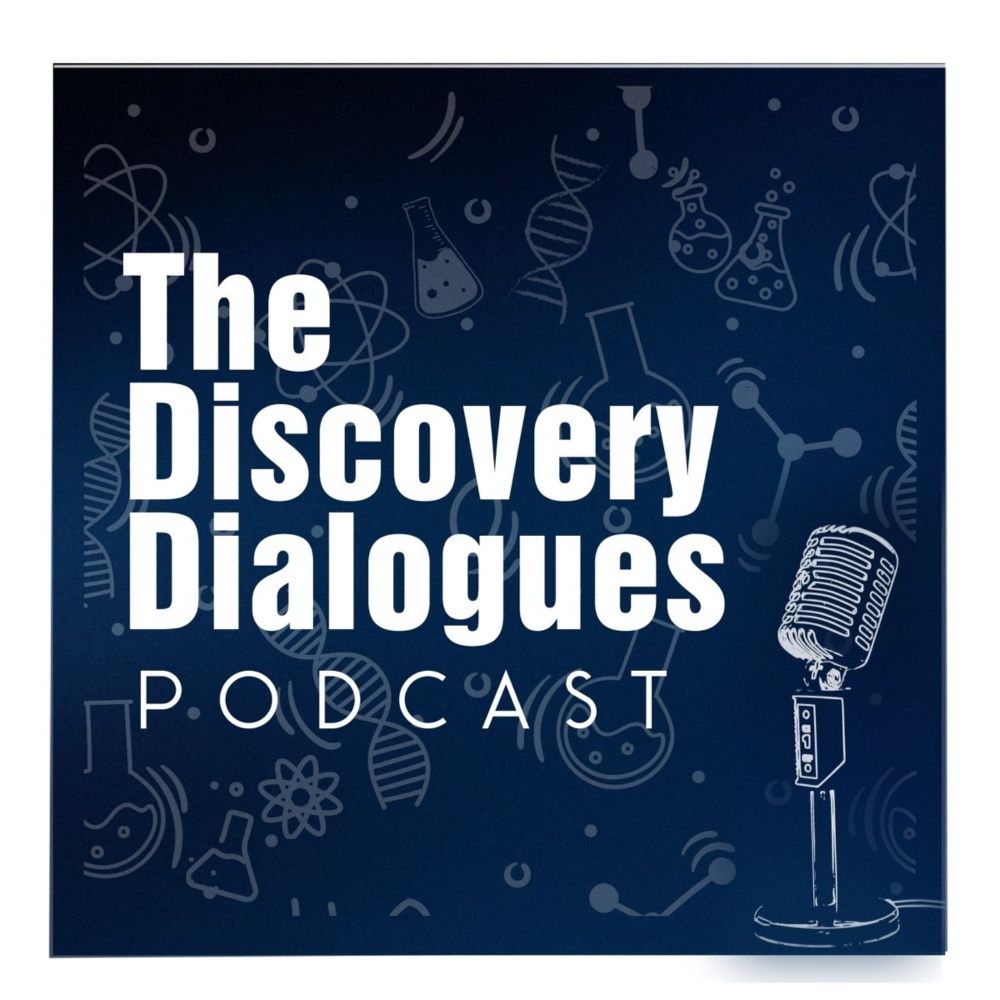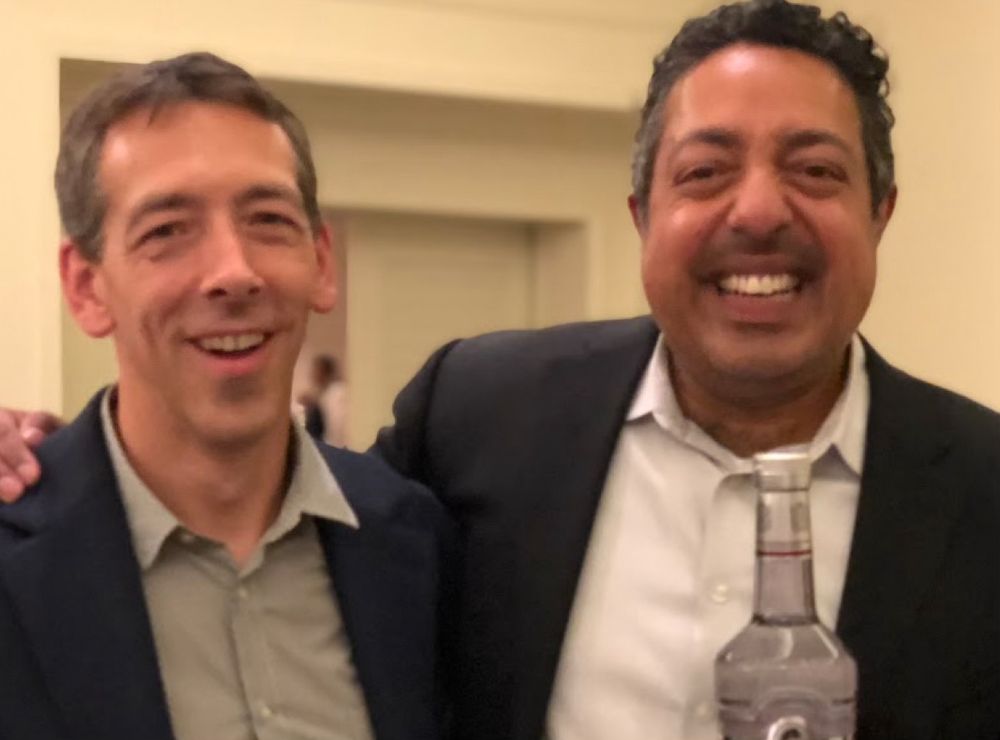Ani Deshpande Lab
@anideshpande.bsky.social
230 followers
540 following
56 posts
Assoc. Prof. at SBP, La Jolla. Epigenetics, Pediatric Cancers, Leukemia, Stem Cells. LinkedIn: http://tinyurl.com/4yn4tj98
Posts
Media
Videos
Starter Packs
Reposted by Ani Deshpande Lab
Reposted by Ani Deshpande Lab



















